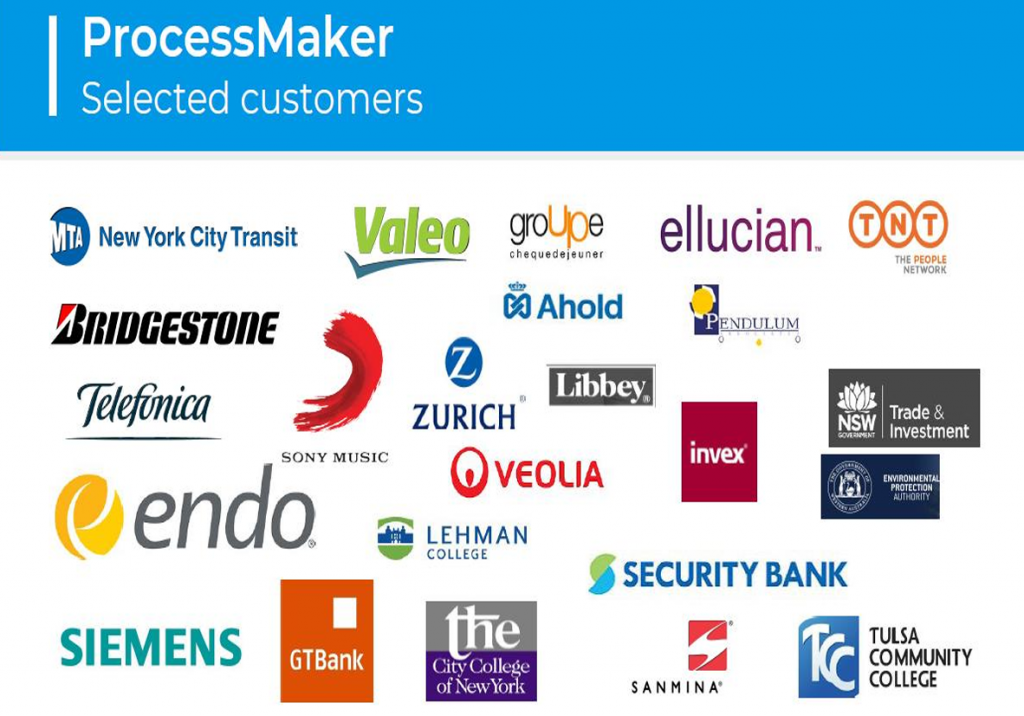- Business Process Management Software
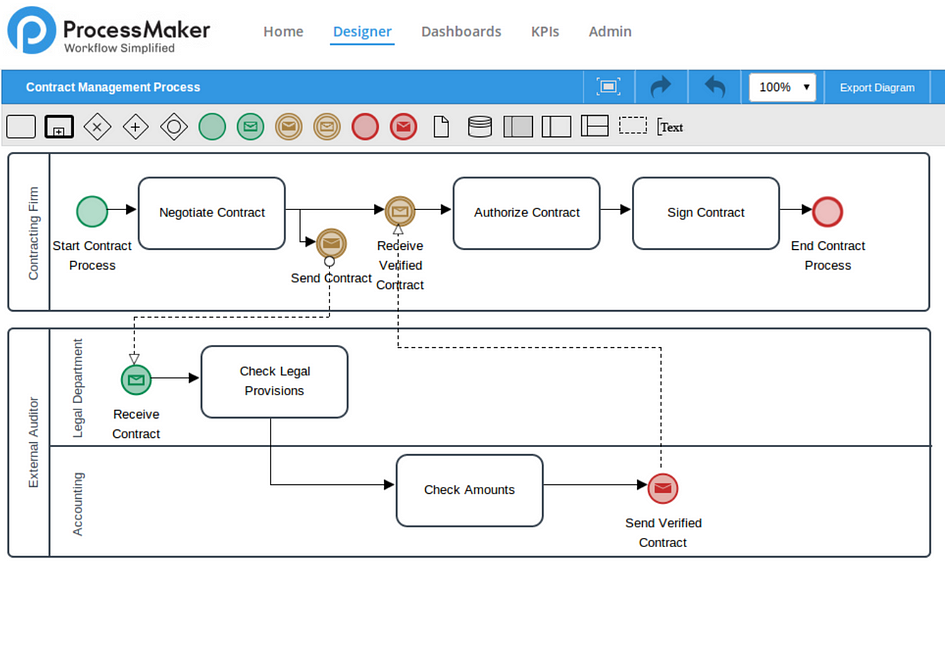
BPM stands for Business Process Management. Why is it important to manage the processes in the organizations. In the competitive market, the customer satisfaction is considered as the most important target for the companies. How to achieve the customer satisfaction? It is extremely obvious that you need to improve the quality of your products and services. How to enhance the quality of your products and services? The first thing we need to know is that the products and services are the same the final output of the organization processes. As a result, if you intend to improve the output of your processes, you need to focus on your processes components. A process resembles a function at mathematics. In other words, there are some inputs and suppliers, the operations and the outputs and customers. Hence, if you would like to enhance the output which is the same your products and services, you need to work on your process components. You should work on your suppliers, inputs and operations to achieve high quality of your products and services and at the end the customer satisfaction. As can be seen, BPM plays a key role for the customer satisfaction.
On one hand, you can deploy your processes with the help of best practices such as APQC framework and the other related resources. On the other hand, you can identify your processes via the process mining tools like ProM (there is no need for a preexistent model) and after that you can identify the bottlenecks and improve your effectiveness of the organization. In BPMS, the processes should be deployed based on BPMN (Business Process Model and Notation). There are some rules which can help you to deploy the processes properly. For instance, you should deploy your processes by the events (start event, end event, intermediate event), gateways (exclusive, inclusive, parallel,…) and the other notations. BPMN plays a significant role to organize the processes. For example, sometimes you need to distribute a task to the other tasks and based on the condition everything should go from a particular direction. According to the BPMN, in this situation, you should use an inclusive gateway, and when the tasks are diverged (based on the condition which is defined for every path), again those must be converged and that is a rule. This rule can push the organization to be aligned for a particular target and avoid working lonely to empower the integrity, unity and consistent in the organizations. Moreover, take a gleam at the process which has been modeled by BPMN, you can understand who are responsible for doing the tasks and also you can see a clear work flow for your comprehension. For running your BPMS, there are four important stages that you need to pass. First of all, deploying your process based on BPMN rules. In this stage, you should define your forms and define your variables according to your business requirements. Then, you should assign your forms to the process’s task. Moreover, it is necessary to assign your employee group or employee to the task. In the second step, the users should run the processes in accordance with what has been deployed in the first phase. In the third phase, the managers and analysts should evaluate the processes performance and KPIs to identify the bottlenecks and root causes in order to improve their efficiency, effectiveness and productivity. As a result, the fourth phase is improvement. The four phased mentioned formulate a cycle of continuous improvement.
As it can be seen, BPMS plays a key role for productivity enhancement. We are a partner of ProcessMaker in the Middle East. I would like to share with you some features about ProcessMaker.
The customers, partners and suppliers should be involved in the processes and ProcessMaker can cope with that via the integration among the different systems, databases and people.

According to the ProcessMaker company, the internal rate of return (IRR) has become greater than 15% for 78% of BPM projects. Moreover, improvement of more than 12% are normally realized. You might be interested to know that 67% of projects are deployed in less than 6 months.
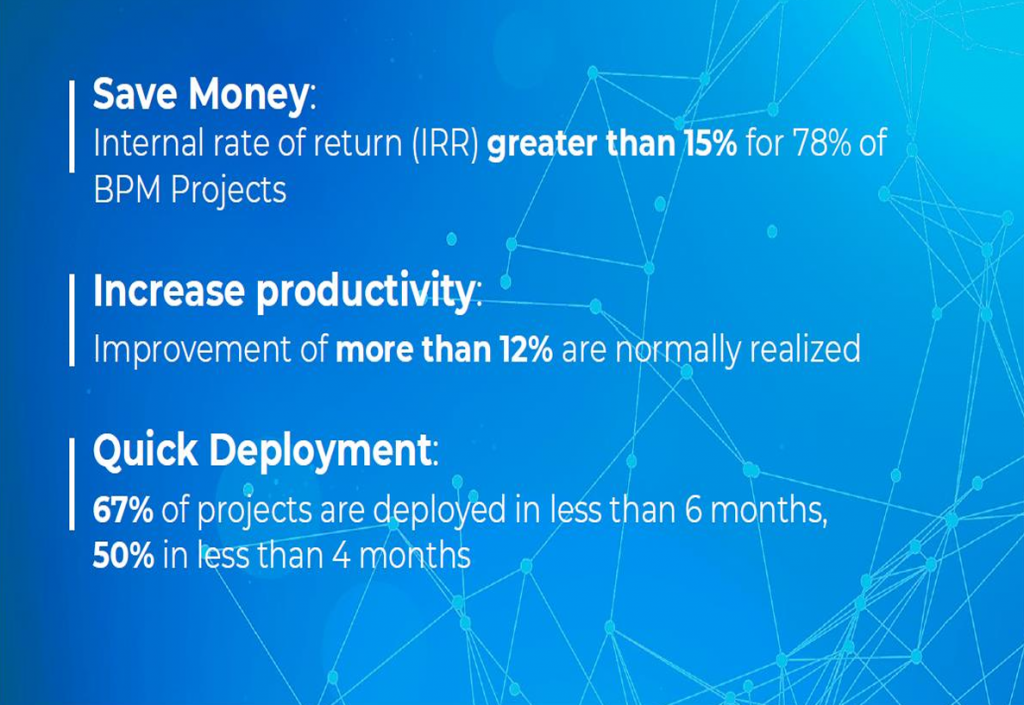
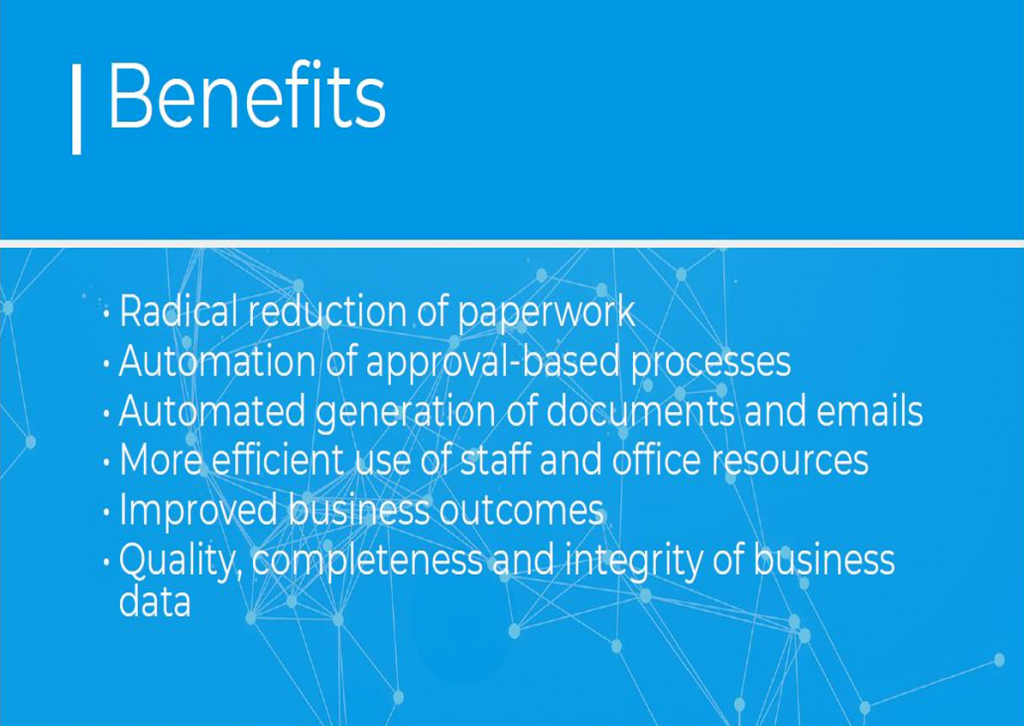
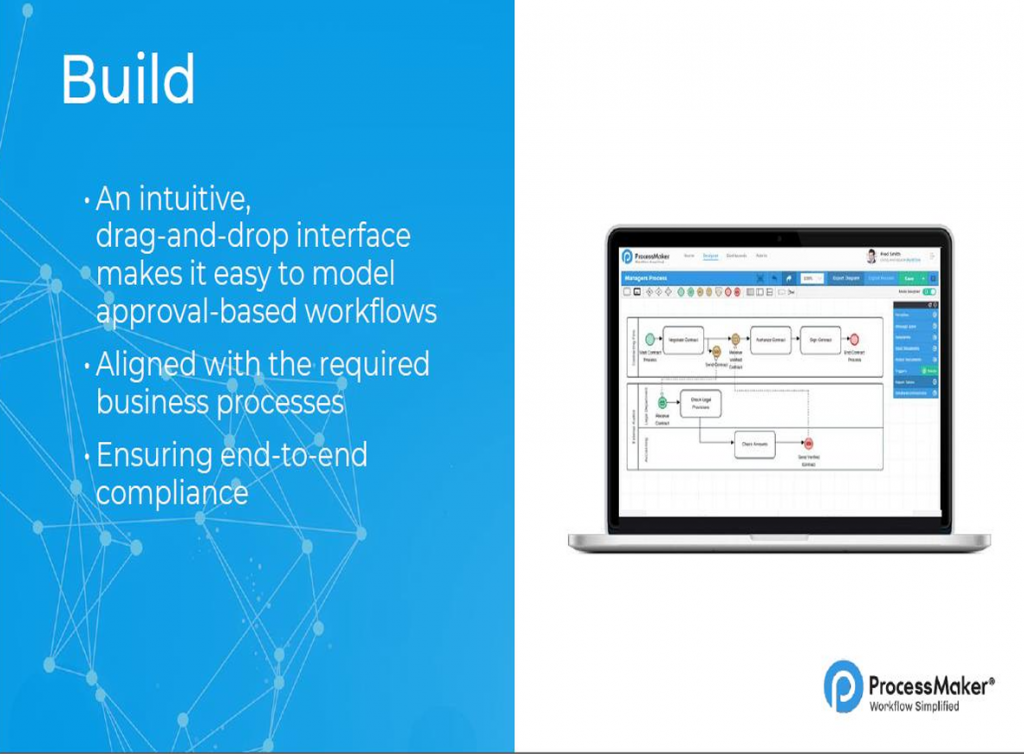
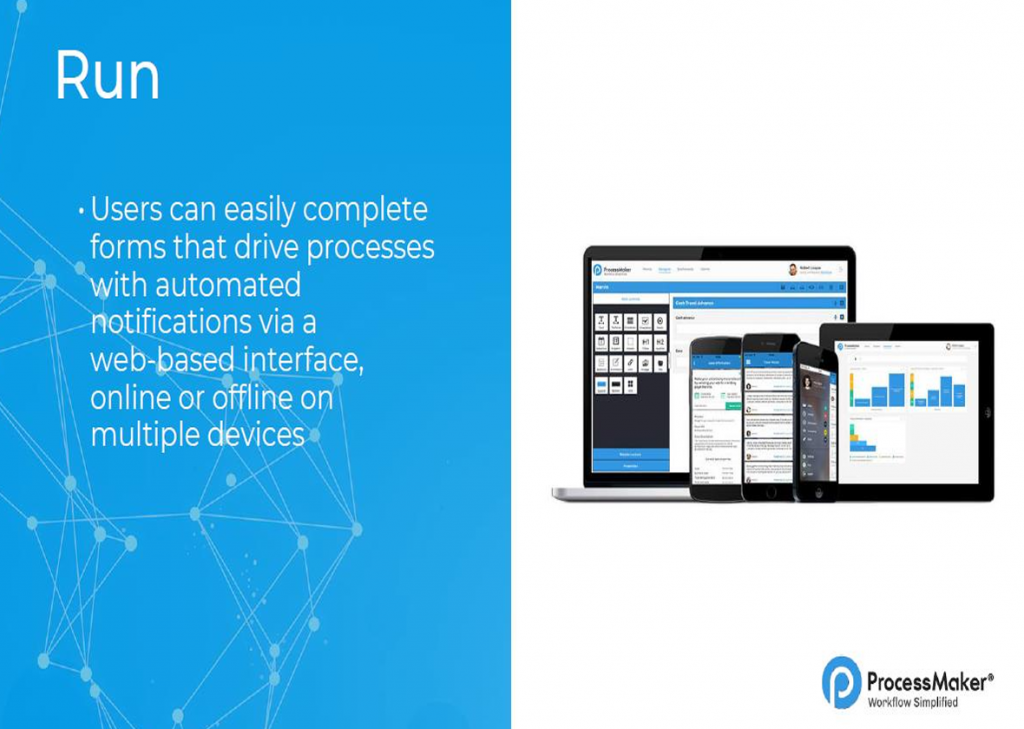
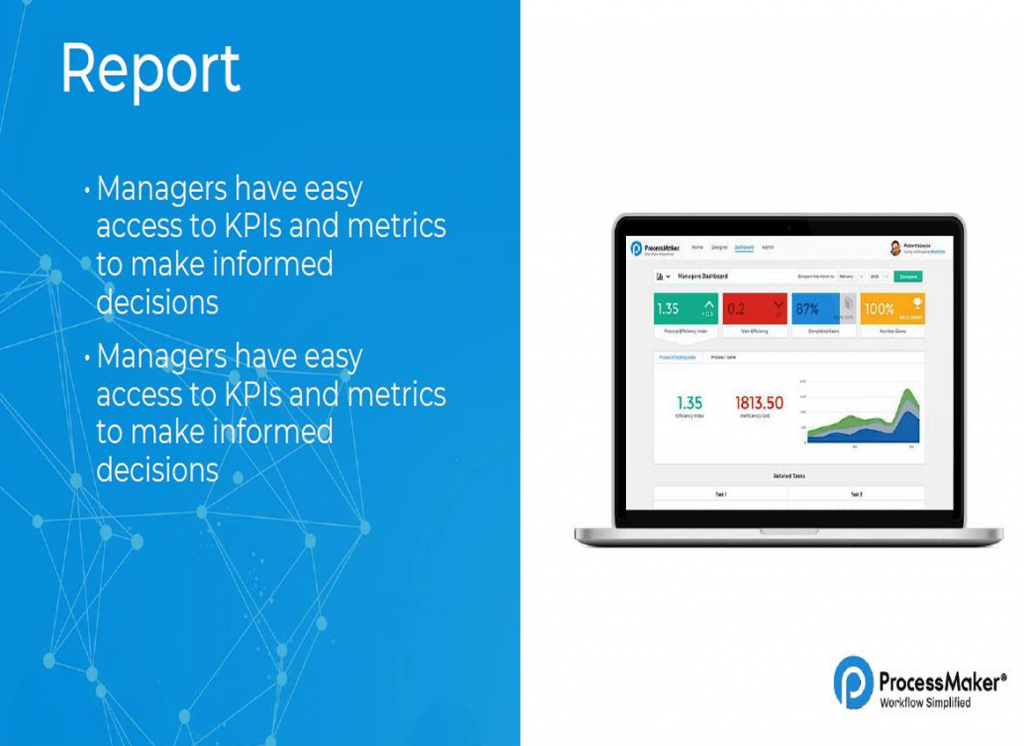
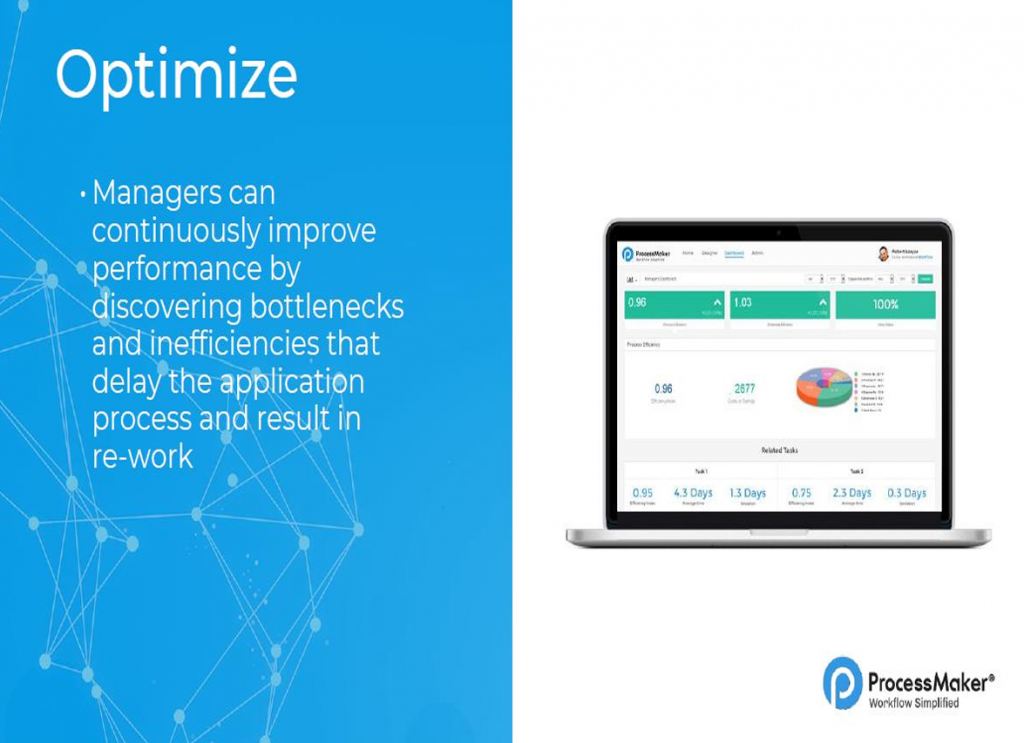
As I mentioned earlier, ProcessMaker is absolutely good for integration with the other systems and databases. There are more than 100 connectors that you can see in the picture below:
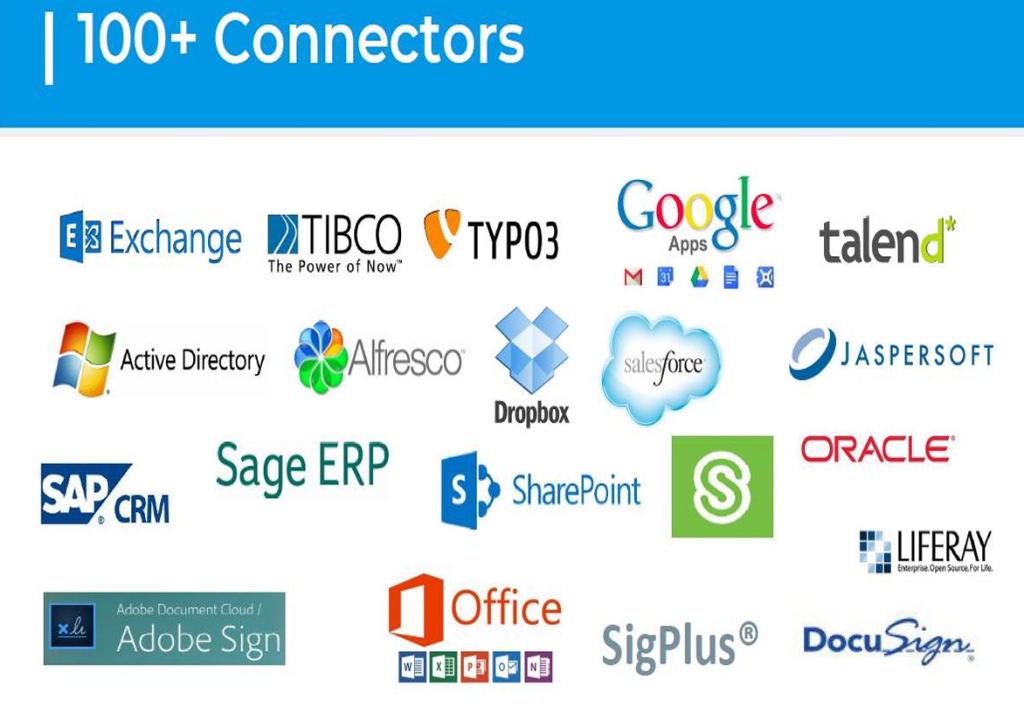
Here are some of the selected ProcessMaker customers:
